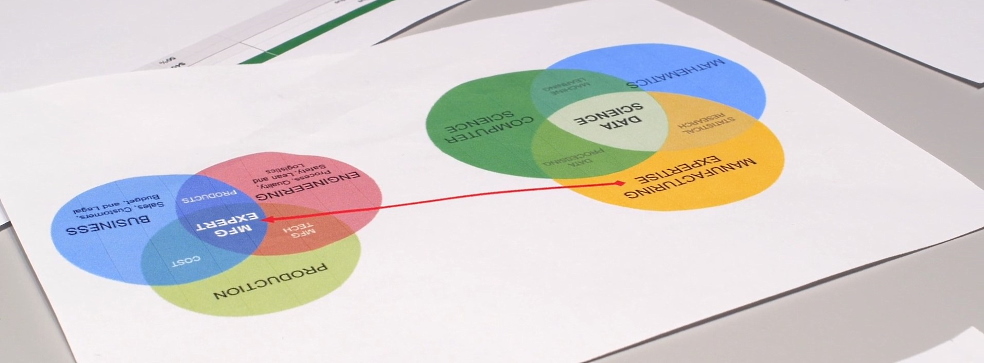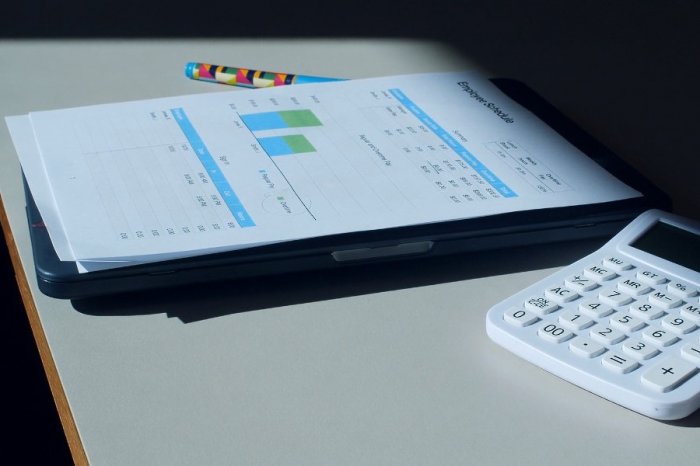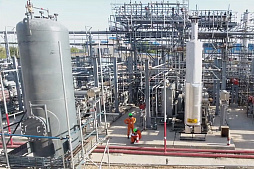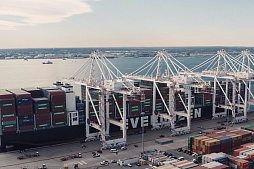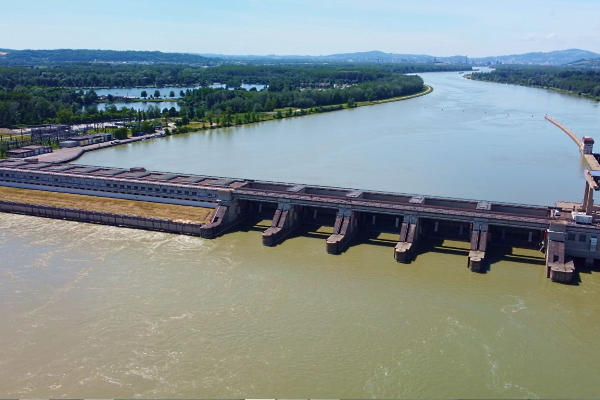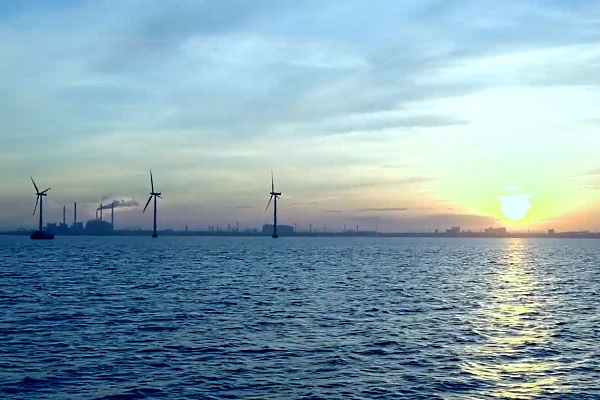To consider an application for financing, fill out the form and send it to us by e-mail along with the project brief, or contact our experts
Usually, developers use financing from internal sources and attract external financial resources by issuing shares or borrowing (loans, leasing, bonds).
The world financial literature gives more than fifty methods of real estate financing, classified according to many criteria.
The dilemma of every developer at the stage of preparing a new project is the choice of the most appropriate source of funds and the organizational form of the project.
Skywalk Investment Group has recruited a multidisciplinary finance team with solid experience in financing development projects around the world.
We are ready to offer a large bank loan of 10 million euros or more with a maturity of up to 20 years.
If you are looking for a reliable source of funds for the construction of large properties or refinancing loans, contact us.
Real estate project finance concept: general features
Over the past few decades, developed countries have used a new method of financing large and risky development projects.This method is called project finance (PF).
This concept is usually characterized as leveraged financing of a project with limited recourse by raising funds through a specially created independent company.
Thus, project finance differs from traditional construction finance in at least two ways.
First, lenders share some of the business risks with the project company.
Secondly, the project finance is provided against the future cash flow generated by the project.
A very important feature of the projects implemented in this way is the sharing the risk between the participants. Each PF initiative is assessed by the participants mainly in accordance with its ability to generate cash flows, which become the main guarantee of debt repayment and return on equity.
Table: Advantages and disadvantages of project finance for the real estate sector.
| Advantages | Disadvantages |
| Transparent organization and project management thanks to the establishment of a separate company (SPV / SPE) | Complex and expensive preparation of project financing, requiring research and negotiations |
| Strengthening investor control over cash flows (reducing agency costs) | Multilateral financing structure based on contracts between several project participants |
| High financial leverage that allows companies to raise significant resources | The need to obtain loan guarantees from the state or large banks |
| Limited recourse to the borrower |
Project finance is a flexible combination of financial products / services that makes it possible to finance projects in the field of residential or commercial construction against a guarantee of expected future cash flows.
In order to obtain a safe environment for invested funds, the generated cash flows must be isolated from any other property of the participants.
This is achieved through the establishment of a special purpose vehicle (SPV / SPE). Thanks to a formally independent company, in the event of a project failure, creditors can only seek to satisfy their claims within the assets of the project company. Accordingly, the initiators risk only those funds that were invested in this company.
Conversely, in the event of shareholder insolvency, the SPV / SPE will continue to operate under all circumstances.
This guarantees the completion of the development project regardless of the financial health of the initiating companies.
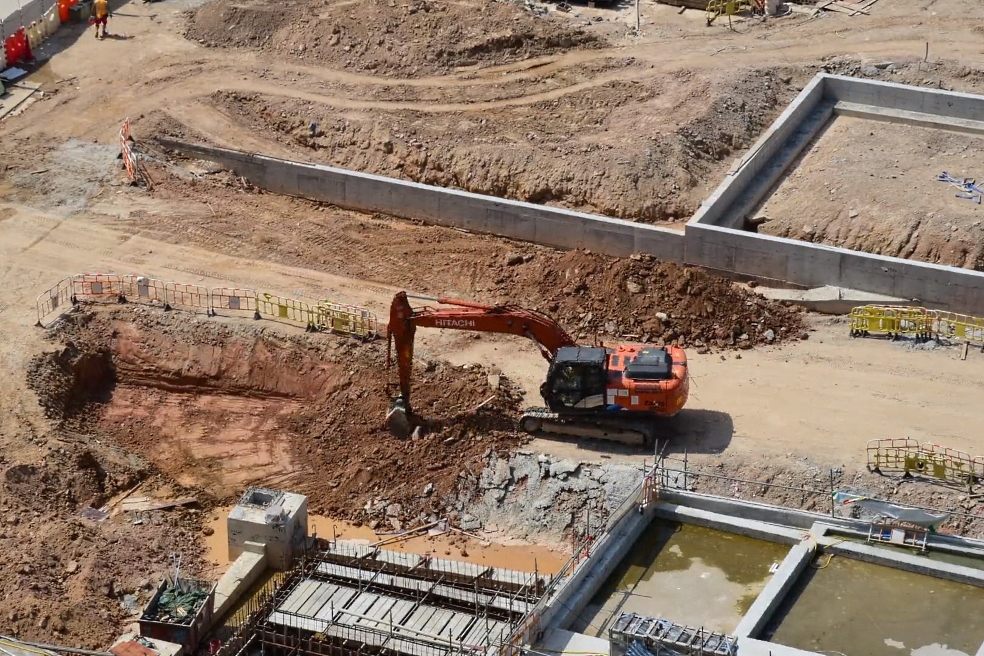
Financial engineering in project finance
All residential and commercial real estate projects are characterized by a complex planning stage and a long period of operation of finished objects.Another important characteristic of such projects is the irreversibility of investments.
At the initial stage, the project involves high capital costs, and at a later stage, the maintenance of buildings and residential complexes implies significantly lower operating costs. The revenues / benefits from such a project increase over time, but the costs are stable and predictable.
The implementation of a large development project usually involves a significant proportion of borrowed funds (high debt burden). Moreover, the bulk of the required resources must be provided within the first 1-2 years of construction.
Financial engineering in real estate project finance applies to the selection of funding sources and capital structure.
It assumes, in particular, the following actions:
• Calculation of the weighted average cost of capital (WACC).
• Determination of the optimal capital structure and external financing mechanisms.
• Assessment of the project's creditworthiness and search for optimal sources of funds.
• Financial planning of cash flows after tax.
• Securitization of future financial flows.
• Identification and assessment of project risks.
• Preparation of a hedging strategy to reduce / eliminate risks using derivatives.
• Refinancing of asset-backed securities.
The preparation and implementation of a large development project depends on the impact of other sectors, therefore it is extremely vulnerable to changes in the macroeconomic situation, legislative changes, and so on.
This is clearly demonstrated by projects for the construction of hotels, shopping centers or entertainment complexes, which have suffered as a result of the pandemic and severe restrictive measures.
For this reason, real estate project finance requires a professional approach to project risk assessment.
PF assumes a rational distribution of risks between participants, depending on their ability to control these risks.
Project finance looks complex, requiring a flexible combination of various financial instruments, including complex derivatives. It is very difficult, therefore projects according to this formula in many developing countries of the world with a weak financial market are not being implemented.
When modeling financial cash flows, classical discounting methods are used. The finance team needs to calculate whether a given project has a positive or negative value, or calculate the rate of return. Of course, a detailed analysis of the financial projections is necessary.
If you need real estate project finance services, please contact Skywalk Investment Group.
Bank loans for commercial real estate projects
Currently, bank financing of real estate is most often carried out according to the project finance formula (PF).Moreover, the use of a long-term bank loan is becoming an integral part of the process of buying / building commercial real estate in modern realities.
In the project finance formula, the borrower considers the proceeds from the project as the main source of debt repayment. This type of financing is entirely based on the future cash flows expected to be received under commercial lease contracts, both already signed and ready to sign.
In the case of a PF, the borrower is usually an independent special purpose vehicle (SPV or SPE - Special Purpose Vehicle / Special Purpose Entity), which deals only with the construction and management of real estate.
Thanks to this structure, the project debt does not burden the financial statements of the initiators.
Assets are not used as collateral for debt, and the provider of capital (usually a large bank) issues a loan against future cash flows.
Before the 2020 pandemic, project financing was widely used for the construction of large tourist facilities, hotels, shopping and entertainment centers around the world. Many capital intensive projects in the French Riviera, Barcelona and other tourist destinations in Europe have been built using this mechanism.
But even today, when investors have redefined their attitude towards commercial real estate projects, there are ample opportunities for project finance in various areas.
Banks' requirements for borrowers and development projects
Before an investor goes to the bank with his project, he must answer a few questions.First of all, does the project meet the basic requirements of the bank, necessary for the consideration of a loan application?

Below is a list of banks' requirements for commercial real estate projects:
• Formal legal requirements. A reliable investment project must have an orderly legal status of real estate. In addition, banks pay attention to the presence or willingness of participants to create an SPV / SPE, the presence of building conditions or a building permit.
• Technical requirements of the bank. To finance the project, a positive assessment of the project and a conclusion on the technical feasibility of the project are required. The initial document confirming this possibility is an architectural project, and then a building permit. In addition, the experience of an investor in commercial real estate or the ability to provide expert services is important for most banks.
• Financial requirements. To negotiate with the bank, a potential borrower is required to provide a ready-made financial model with a business plan. Typically, the project initiator must provide 10 to 40% of the investment costs. The documentation must confirm compliance with the DSCR (Debt Service Coverage Ratio) standards.
• Marketing requirements. The Bank requires a positive result of market research, confirming the possibility of leasing retail space or selling real estate on favorable terms.
The choice of the financing bank should not be random.
Financing a construction investment project is a long process.
When deciding to cooperate with a bank, an investor should be aware that for several years he will have to interact with this lender and depend on him.
Ineffective collaboration can negatively impact project implementation. During the construction of real estate, the real estate project can change greatly, so the investor must not only assess the financial conditions, but also analyze the bank's policy.
How to choose a bank to finance commercial real estate project
Will the bank be able to provide support to the developer throughout the entire financing period?Support should be understood as the readiness of the bank's management for flexible and constructive cooperation and dialogue with the borrower. In addition, the financial partner must responsibly respond to any turns in the project.
It is important to consider not only the cost of borrowed funds.
Often the success factors are the experience of financing large construction projects in certain sectors, tailored financial products for a specific client and professional support of borrowers throughout the entire service period.
One of the first elements of the decision-making process should be an introductory meeting with bank representatives. At this meeting, the investor will be able to present his project and receive preliminary information from the bank about the possibility of financing it and the boundary conditions for lending to the project.
Below are the criteria to consider when choosing a bank:
• Stability and reliability of the bank. The predictability of financial indicators and the continuity of the course in working with corporate clients are of great importance for long-term cooperation. Experts recommend choosing large and stable banks with a strong corporate division.
• High professionalism of the team that will support the project. This is an extremely important factor that determines the effectiveness of future negotiations and the possibility of adapting the loan to the needs of the project.
• Experience in financing projects in the field of commercial real estate. The bank's loan portfolio will allow a potential borrower to assess the standards of work with projects, management and lending efficiency.
• Quality and volume of loan documentation. The preparation of the loan agreement and other related documentation is extremely important for the success of the financing, which is why this work is usually entrusted to large law firms. The quality of the documentation deserves close attention.
• Loan terms and restrictions for the borrower. Usually, banks seek to ensure debt repayment by imposing certain restrictions on the adoption of management decisions by the borrowing company, alienation of assets, participation in capital-intensive projects in other areas, etc.
As mentioned earlier, the scale of the development project determines the size of the banks that will participate in the financing.
In other words, a large project requires contacting a bank with a sufficiently large and strong financial base. Large financial institutions have an experienced expert team to design and manage capital intensive projects of various types.
Alternative sources of financing for real estate projects
Bank financing remains the most popular and affordable type of financing for commercial real estate projects.However, the pandemic and economic downturn are forcing banks to treat borrowers more selectively, and development companies have become cautious with lending funds.
The greatest difficulties in obtaining loans are experienced by hotel and commercial real estate. Banks are still open to finance investments in warehouses, offices and residential premises, but financing conditions are more conservative.
Funding for commercial real estate after 2020 is still limited to the best projects.
Moreover, today large construction projects are supported only by a few banks, and it is almost impossible to obtain credit funds for hotels.
Banks have also tightened their funding criteria and are now offering lower LTV and LTC options, expecting higher levels of pre-lease retail space and sales for residential properties.
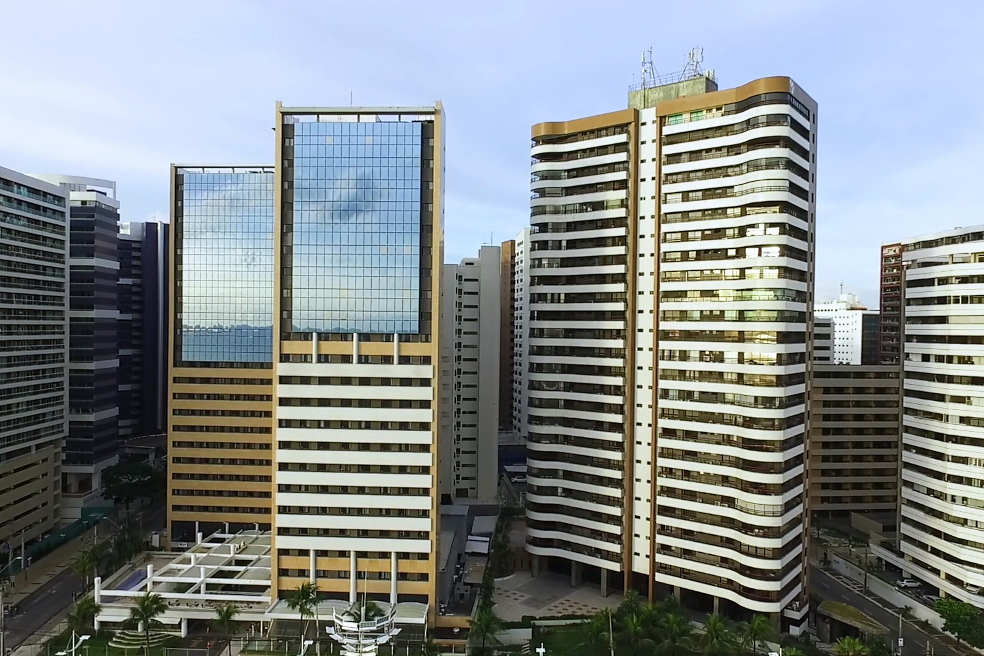
There is also an increase in loan margins and a significant increase in the processing time for loan applications.
Experts point out that this could be an impetus for investors to search for alternative financing methods, the availability of which is still limited in many countries of the world. However, the current situation shows that dependence on one form and lack of diversification of sources of financing for commercial real estate is a critical issue that threatens the survival of the business.
Regardless of the choice of funding sources, companies need to properly prepare for real estate investments.
A business plan, project documentation and financial analysis are the minimum that can become a prologue to serious negotiations on financing real estate construction.
Diversification of real estate financing instruments
The development of the investment finance industry gives investors greater freedom in planning financing for construction and purchase of commercial real estate.However, the share of development loans is decreasing every year due to the widespread use of alternative, no less attractive solutions.
Recent years have been marked by dynamic growth in the area of developer bonds. Investors willingly decide to buy debt securities of this type, mainly because of the attractive rate of return, reaching 6-8% or more. The issue of bonds is an interesting solution for companies that are not suitable for lending for various reasons.
It is worth paying attention to the growing popularity of commercial real estate leasing. The leasing concept can be a good alternative to other financial solutions available on the market. One of the best methods to reduce the risk of non-payment of obligations to the capital supplier is to diversify sources of financing for the construction of a commercial facility.
The decision to raise funds from various sources (bond issues, real estate loans and venture capital) provides increased flexibility and makes it easier to raise funds for real estate development.
Due to the restrictive approach of banks to investments focused on commercial properties, the investor may have problems receiving a significant amount from a banking institution, which would allow the investment to be fully financed.
However, with the implementation of the diversification concept, banks are more likely to provide developers with loans on attractive terms.
Crowdfunding as an important tool for real estate financing
Attracting financial resources from many private investors for the implementation of a specific project has long been a reality.Crowdfunding is especially popular today because of the internet platforms that allow companies and individuals to propose funding ideas and seek out private investors who support them.
Relatively recently, this idea began to be actively used in the construction of commercial and residential real estate. This instrument is developing rapidly, outstripping traditional financial instruments in terms of growth rates.
According to Forbes, the real estate crowdfunding market will reach $ 300 billion by 2025.
On this wave, not only investors will be the winners, but also online platforms, which currently remain in their infancy.
For investors in this type of project, the biggest advantage is the investment of small amounts. These are far fewer resources than they would need to acquire property on their own. Low financial requirements lead to diversification and reduced risk, since small investments can be easily spread among different types of real estate in different countries or in different currencies.
The project initiator also gains an important advantage through the use of crowdfunding.
This tool allows the company to start working on a project without being dependent on bank loans or a small number of large investors dictating the rules of the game and threatening the independence of the business.
Another big advantage is that with a well-organized fundraising campaign, the project can be completed faster than if the company relied on institutional investment. Moreover, crowdfunding platforms charge much lower service fees than banks, making real estate projects more affordable.
Equity financing or debt financing?
Crowdfunding instruments come in two main forms, based on equity financing and debt financing.These approaches are very different.

In the case of investing in shares, the investor becomes the owner of part of the real estate, or, in other words, becomes a shareholder.
In this case, the profitability depends on what the income from the lease or sale of the building will be. If the property is sold, then the investor receives a certain percentage of the sale, corresponding to his share.
In the case of debt financing (bonds), the initiator borrows money from numerous investors.
The company then pays off the debt in several fixed-rate payments as agreed. In this model, there are very wide opportunities for both short-term and long-term loans.
Debt investments are generally considered safer than equity investments. The reason is that if the property is sold, the bondholders are the first to profit from the investment. However, the lower the risk, the lower the profitability.
In the event that an investor decides to participate as a bondholder through borrowed funds, and then the property starts to generate huge returns, the shareholders will benefit. However, in case of failure, the opposite will be true, and bondholders will be one step ahead of shareholders.
Equity investors take more risk, but if the project pays off, they make higher returns.
If they fail, they line up to receive their own money from the bankrupt company.
LTV and LTC indicators support decision making
As mentioned earlier, diversifying the methods of financing commercial real estate projects could lead to an attractive offer from the bank.When making a decision, banks take into account a number of financial indicators, such as the ratio of LTV (Loan to Value).
This ratio is calculated as a percentage of the loan amount in relation to the value of the property.
The lower the LTV ratio, the more favorable lending terms a financial institution can offer.
Another financial indicator that is important to consider is LTC (Loan to Cost). It indicates the ratio of the cost of the loan to the cost of building the property. Assessing this ratio can give project participants clear information about whether there is a chance of a return on investment.
Banks also often condition the decision to grant a loan on the value of the LTC ratio.
So, financing the construction of real estate projects through a long-term loan is still the most popular solution among investors.
Almost all institutions on the market offer loans for real estate construction. However, investors are frustrated by the increasingly restrictive approach of banks to assessing a potential borrower.
The pandemic that led to the economic downturn is making it difficult to finance some retail, hotel and sports facilities around the world.
Of course, this situation does not exclude the possibility of concluding a loan agreement, but the proposals of banks may be far from your expectations.
If you are looking for attractive sources of financing for commercial real estate projects, contact Skywalk Investment Group for advice.



